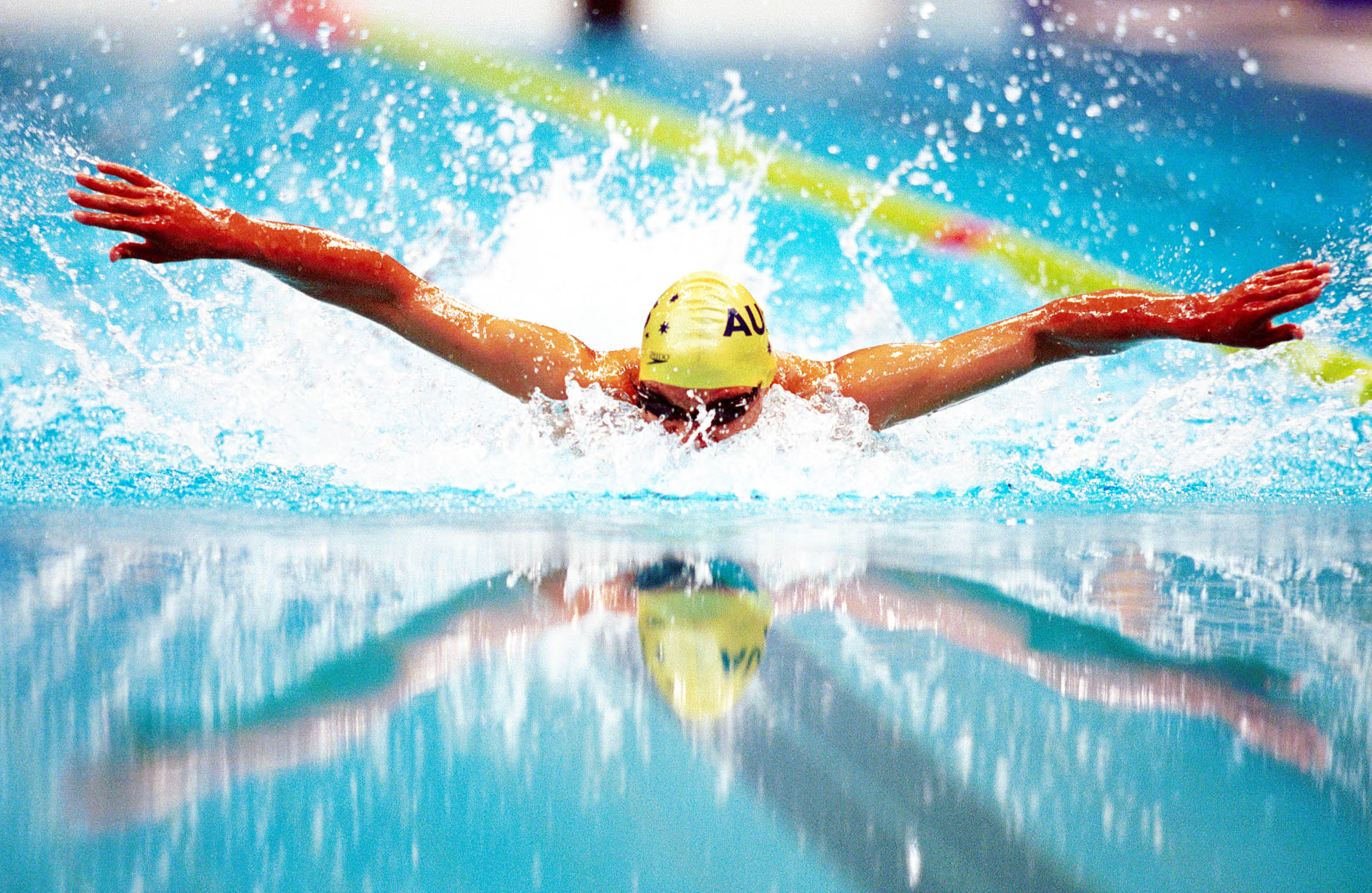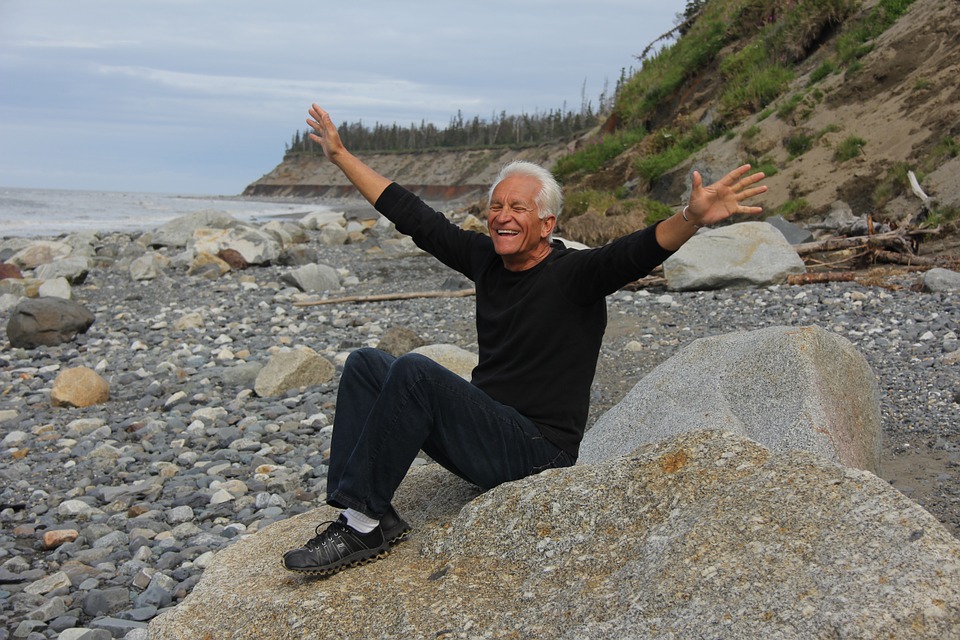Swim your way to optimum health this summer!
Steph Nash
Everybody has their go-to remedy for fitness.
Some run, others jazzercise – whatever works works, depending on your fitness level and physical capabilities. But if you’re looking for something that ticks all the boxes, your best bet would be to try lap swimming, either at your local pool, or at a public bath at your nearest beach.
Getting fit and staying active this summer is as easy as donning a tacky one-piece or brightly coloured speedos, a pair of goggles and a powdered cap. It’s low impact, so it won’t damage your bones or joints, but also excellent for your heart, promising an all-round work out.
But just how good is swimming for your body? Sydney Observer spoke to Mark Osborne, the High Performance Science Manager from Swimming Australia, to get all the facts.
Double-Workout
Unlike other forms of exercise, swimming is both aerobic and anaerobic, promising a workout that is good for both cardio-training and muscle building.
The human body is slightly less dense than water, which enables the body to float full supported on the surface. Osborne says that the low-impact nature of swimming is particularly beneficial for older or heavier people, especially those with arthritis.
“Swimming is especially good for older or heavier people who are trying to lose weight. Swimming is a supported activity, so you don’t get the impact on various joints as opposed to running.”
At the same time, the density and viscosity of water creates resistance as the body attempts to propel itself across the surface. This type of exercise is almost like weights training, and helps create muscle tone.
“Swimming primarily works the upper body, but you can manipulate that with the use of kick boards,” Osborne said.
“It really is a whole-body workout”.
Relaxation
Like other forms of cardio activity, swimming can be great for improving stress management. Lap swimming leads to the increase of endorphins, and has even been shown to suppress the production of stress hormones.
The action of swimming involves rhythmic movement, stretching and deep-breathing, just like yoga. This type of movement evokes a relaxation response, so you can de-stress and get fit at the same time.
“There’s a lot of silence involved with swimming, it’s a solitary activity,” Osborne said.
“You can’t hear much through the waves, so many find it very relaxing.”
Accessibility and Opportunities
According to The Royal Life Saving Society Australia, there are over 370 public pools across New South Wales. There are around 75,000 competitive swimmers registered with Swimming Australia, who have championed 9 different professional swimming teams over the last year.
Lap swimming in public pools is a lot cheaper than your average gym membership. Membership with Swimming Australia costs around $55, with added fees for pool usage. Most pools offer weekly membership rates, with a variety of classes to suit any fitness level.
Seniors will benefit the most from hydrotherapy or aqua aerobics classes, whilst kids might enjoy a weekly swimming squad. For everyone in between, there’s good old-fashioned lap swimming, which is cheap and relatively flexible.
“Go along to a pool and join in a fitness swimming group. There are many opportunities for adults, including squad training or adult fitness groups. They are definitely a good place to start,” Osborne said.












